Preventing Bike Theft
Learn practical tips to reduce the risk of bike theft, from choosing the right lock to understanding safe parking habits.
Bicycle theft is an unfortunate reality that every cyclist has to consider. Whether you’re commuting in the city or just enjoying a leisurely ride, the thought of finding your bike missing can be distressing. Fortunately, there are several strategies you can adopt to mitigate the risk of bike theft.
Choose the Right Lock
The type of lock you use can make a big difference. Common lock types include:
-
U-Locks: Known for their robust design, U-locks can provide good security, especially in urban settings. They are more effective against theft when they snugly fit your bike frame and a solid object.
-
Chain Locks: Heavy-duty chain locks offer flexibility and strength. They can wrap around larger objects, providing more options for securing your bike. Thick chains with hexagonal links are more resistant to cutters.
-
Cable Locks: These locks are often lighter and easier to carry but offer less security. They can be combined with other locks for extra protection but shouldn’t be relied on alone in high-risk areas.
Consider investing in two different types of locks to slow down potential thieves. Using a combination of a U-lock and a chain lock, for example, can increase the time it takes for thieves to act.
Locking Technique Matters
To maximize security, focus on how you lock your bike:
-
Lock the Frame and Both Wheels: Ensure your lock secures both the frame and at least one wheel to a sturdy object. If possible, remove the front wheel and lock it with the rear wheel and frame.
-
Use Secure Points: Find immovable objects, like bike racks or thick signposts, for locking. Avoid thin, loose structures that can be tampered with or removed.
-
Keep the Lock Off the Ground: Position your lock so it cannot be easily smashed against the ground or twisted.
-
Fill Any Gaps: Keep the lock tight against your bike to limit leverage for tools.
Be Mindful of Your Parking Spot
Where you leave your bike matters:
-
Choose Well-Lit Areas: Thieves are less likely to strike in brightly lit or highly visible spots. If possible, park your bike around security cameras or storefront windows.
-
High Traffic Zones: Busy areas deter thieves as they increase the risk of being spotted.
-
Avoid Repeated Parking Patterns: Routine behaviors can be tracked. Change your parking locations to throw off potential thieves.
Consider Additional Security Measures
Enhance security with additional steps:
-
Bike Alarms: These devices can alert you to unauthorized movements. Although not foolproof, alarms can deter opportunistic thieves.
-
GPS Trackers: Installing a hidden GPS tracker can increase the chances of recovery if your bike is stolen. Some models can even send alerts if your bike is moved.
-
Bike Registration: Register your bike with local or national databases. It provides a way to prove ownership and assists law enforcement in case of recovery.
The Community Approach
Engage with your local cycling community for information sharing and support:
-
Online Forums & Groups: Join bike forums and social media groups focused on cycling in your area. Members often share theft hotspots, recovery success stories, and tips.
-
Collaborative Initiatives: Some communities sponsor bike registration events, offer discounted locks, or conduct theft-awareness workshops.
Conclusion
While preventing bike theft cannot be guaranteed, being proactive with these strategies can significantly reduce your risk. It’s about creating hurdles that thieves might decide are too much work to overcome. By considering your lock choices, parking habits, and additional security measures, you’ll implement a multi-layered defense that safeguards your bike.
Remember, the goal isn’t just to protect your own bicycle but to promote a culture of security-minded cycling. Each step toward increased awareness can help make our communities safer for all riders.

Explore various bike lock options to ensure your bicycle remains safe from theft. Learn about their features, advantages, and best usage scenarios.
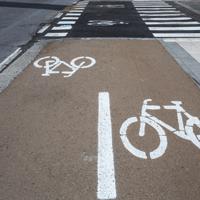
Learn practical strategies to secure your bike against theft and ensure peace of mind while cycling.
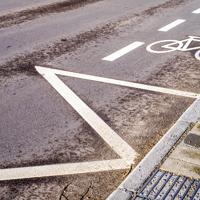
Explore the different types of bike locks and tips for keeping your bicycle secure while commuting.
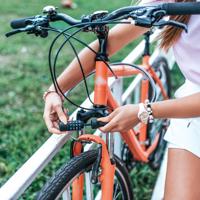
Explore the strengths and weaknesses of U-locks, chains, and folding locks to find the best security option for your bicycle.
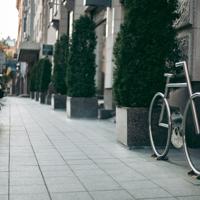
Learn how to find safe bike parking in urban environments, ensuring your bicycle remains secure while you enjoy your ride.

Explore various bike parking options and essential tips to ensure your bike remains safe while you enjoy the urban cycling lifestyle.
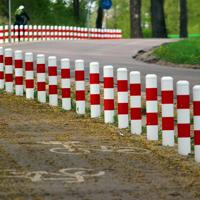
Learn essential cycling safety and security tips and practices for a safer ride.
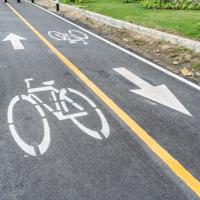
Learn why registering your bike can be a crucial step in preventing theft and aiding recovery.